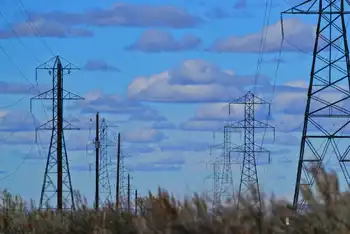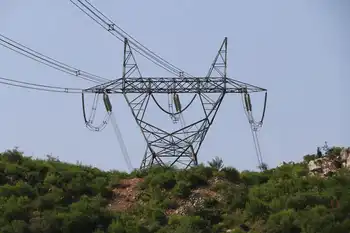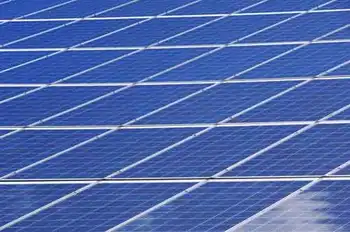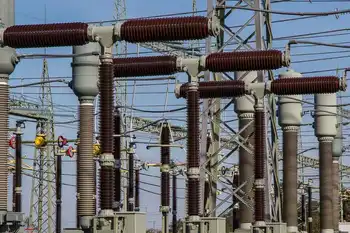Mexico Prices Fall Most in Four Decades as Electricity, Food Lead Declines
By Bloomberg
Substation Relay Protection Training
Our customized live online or in‑person group training can be delivered to your staff at your location.

- Live Online
- 12 hours Instructor-led
- Group Training Available
Prices dropped 0.74 percent, the central bank said today on its website, the most since the index was created in February 1969. The decline was more than the 0.66 percent forecast by 17 economists surveyed by Bloomberg. Annual inflation slowed to 3.25 percent from 3.36 percent in April.
Policy makers kept their benchmark interest rate unchanged in May for a record 19th straight month as prices remain within their target range and the economy expands less than its potential. Tame inflation and a possible slowdown in some sectors of the economy, such as manufacturing, raise the odds of a longer rate pause, said Gabriel Lozano, senior economist for Mexico at Banco Santander Mexico.
The central bank “may start raising after March 2012, but we’re keeping our forecast for the first increase for January 2012,” Lozano said in a phone interview. Policy makers “should be calm because inflation expectations are well anchored and core inflation will be below 3 percent.”
Electricity prices, which are regulated by the government fell 19 percent in May, while tomato prices fell 36 percent. Education costs fell 0.27 percent.
Rent and utility costs fell for a second month, declining 1.97 percent in May after a 1.68 percent drop in April.
“Going forward we expect to see price pressures in food and other products,” Lozano said. Banco Santander forecasts annual inflation of 3.7 percent at year-end.
‘Within the Forecast’
While policy makers in Latin AmericaÂ’s four other major inflation targeting economies -- Brazil, Colombia, Chile, and Peru -- have been raising rates in 2011, MexicoÂ’s central bank has been able to keep borrowing costs this year as both growth and inflation slowed.
Banco de Mexico, led by bank Governor Agustin Carstens, on May 27 extended its longest-ever rate pause, keeping the overnight rate at 4.5 percent.
“General inflation is still within the forecast of the most recent inflation report,” policy makers said in the statement explaining their decision.
Central bank policy makers meet next on July 8.
Inflation, Rate Horizon
TodayÂ’s report also showed that the core inflation rate was 0.18 percent in May, higher than the median forecast for a 0.14 percent increase in a Bloomberg survey of 16 economists. The core inflation rate was 0.08 percent in April.
“Some merchandise and services prices climbed and this may be the beginning of the trend we expect to see for the remainder of the year,” Arturo Vieyra, coordinator of economic studies at Citigroup Inc.’s Banamex in Mexico City, said in a telephone interview.
Banamex forecasts an annual inflation rate of 3.7 percent for 2011. “Today’s report doesn’t make us change our call.”
According to the central bankÂ’s monthly survey published June 1, economists cut their 2011 inflation forecast for a third month, while also keeping their growth forecast unchanged.
Consumer prices will rise 3.67 percent by the end of 2011, the survey showed, down from a 3.87 percent forecast last month. The economy will expand 4.37 percent in 2011, according to the survey.
In the central bankÂ’s last quarterly inflation report published May 11, policy makers kept their 2011 inflation forecast unchanged at 2 percent to 4 percent while raising their growth estimate to 4 percent to 5 percent.
The bank had previously forecast 3.8 percent to 4.8 percent economic expansion.
Carstens last month said the economy may grow 5 percent in 2011 provided domestic consumption and private investment recover.











